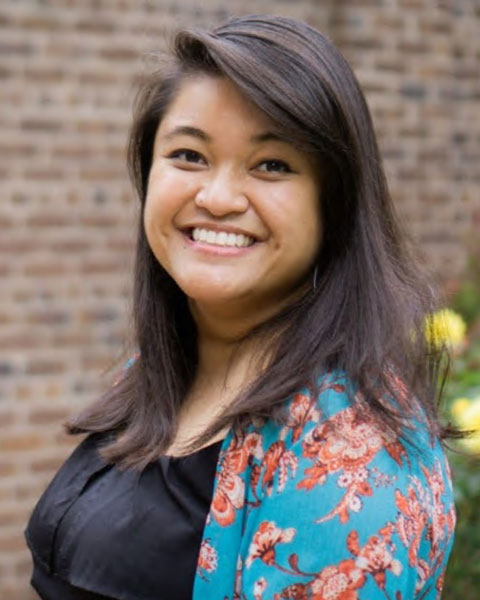Symposia
Suicide and Self-Injury
4 - (SYM 50) Exploring the Pattern of Associations Between Protective Factors and Ever Attempting Suicide Among Individuals from Historically Marginalized Communities

Jennifer M. Loya, B.S., M.A., Ph.D. (she/her/hers)
Postdoctoral Fellow
Yale School of Medicine
New Haven, Connecticut, United States- MC
Maria Crouch, PhD
Postdoctoral Fellow
Yale School of Medicine
New Haven, Connecticut, United States 
Terra Osterberg, B.A.
Post-baccalaureate Research Assistant
James J. Peters VA Medical Center
New York, New York, United States- MD
Margaret T. Davis, Ph.D. (she/her/hers)
Assistant Professor
Yale University School of Medicine
New Haven, Connecticut, United States
Speaker(s)
Co-author(s)
Suicide among Black, Indigenous, People of Color (BIPOC) is a public health crisis born from health disparities embedded in lived environments and social structures. Extant research has largely focused on identifying risk factors for suicide in BIPOC, neglecting clinically relevant protective factors. We examined social determinants of health to elucidate culturally rooted protections in BIPOC communities historically underrepresented in research yet disproportionality affected by suicide. We used the subsample of BIPOC groups from a large nationally representative sample of US adults (n=17115; 42.7% male) to explore associations between protective factors and lifetime suicide attempt (SA) history: Black (n=7766, 4.4% with SA), American Indian/Alaska Native (AIAN; n=511, 13.5% with SA), Asian/Native Hawaiian/Other Pacific Islander (n=1801, 2.1% with SA), and Latine (n=7037, 5.3% with SA). Proposed protective factors were marital status, education, employment, religious affiliation, and community presence: region, urbanicity, connection with racial and/or ethnic identity, and social support. We used chi-square and analysis of variance to examine differences in SA history within BIPOC groups. Relevance of each proposed protective factor to SA differed by BIPOC group. Black and Latine adults who were married/cohabitating (Black χ2=7.38, p=.025; Latine χ2=26.19, p< .001), had a religious affiliation (Black χ2=4.88, p=.027; Latine χ2=14.46, p< .001), and/or were employed full-time or retired (Black χ2=48.10, p< .001; Latine χ2=98.91, p< .001) were less likely to report SA. Asian adults employed part-time, retired, or “other” were less likely to report SA (χ2=13.54, p=.019). Black adults in the Southern region were less likely to report SA (χ2=8.41, p=.038). Black, Asian, and Latine adults with more connection to their racial and/or ethnic identity (Black F=70.06, p< .001; Asian F=9.41, p=.002; Latine F=18.78, p< .001) and/or had familial support (Black χ2=21.06, p< .001; Asian χ2=10.81, p=.001; Latine χ2=29.64, p< .001) were less likely to report SA. Individuals with no SA from all 4 groups reported more familial support during childhood and social support from others (p’s< .001-.013). SA was not associated with education, urbanicity, or church support. Results suggest current conceptualizations of suicide risk and prevention may not adequately capture BIPOC groups’ unique experiences, especially AIAN individuals. Future research should assess the perspectives of each group qualitatively through community engagement.

.png)
